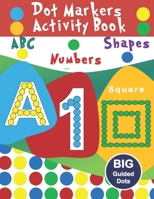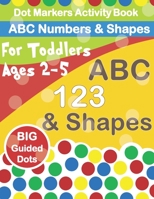Decoding the Logic of GRE Reading
No Synopsis Available.
Format:Paperback
Language:Chinese
ISBN:7111644123
ISBN13:9787111644125
Release Date:January 2020
Publisher:China Machine Press
Length:549 Pages
Weight:1.11 lbs.
More by Moro Books
Customer Reviews
1 customer rating | 1 review
There are currently no reviews. Be the first to review this work.










![Paperback Decoding the Logic of GRE Reading (Chinese Edition) [Chinese] Book](https://m.media-amazon.com/images/I/51SjLJ2pewL._SL350_.jpg)














